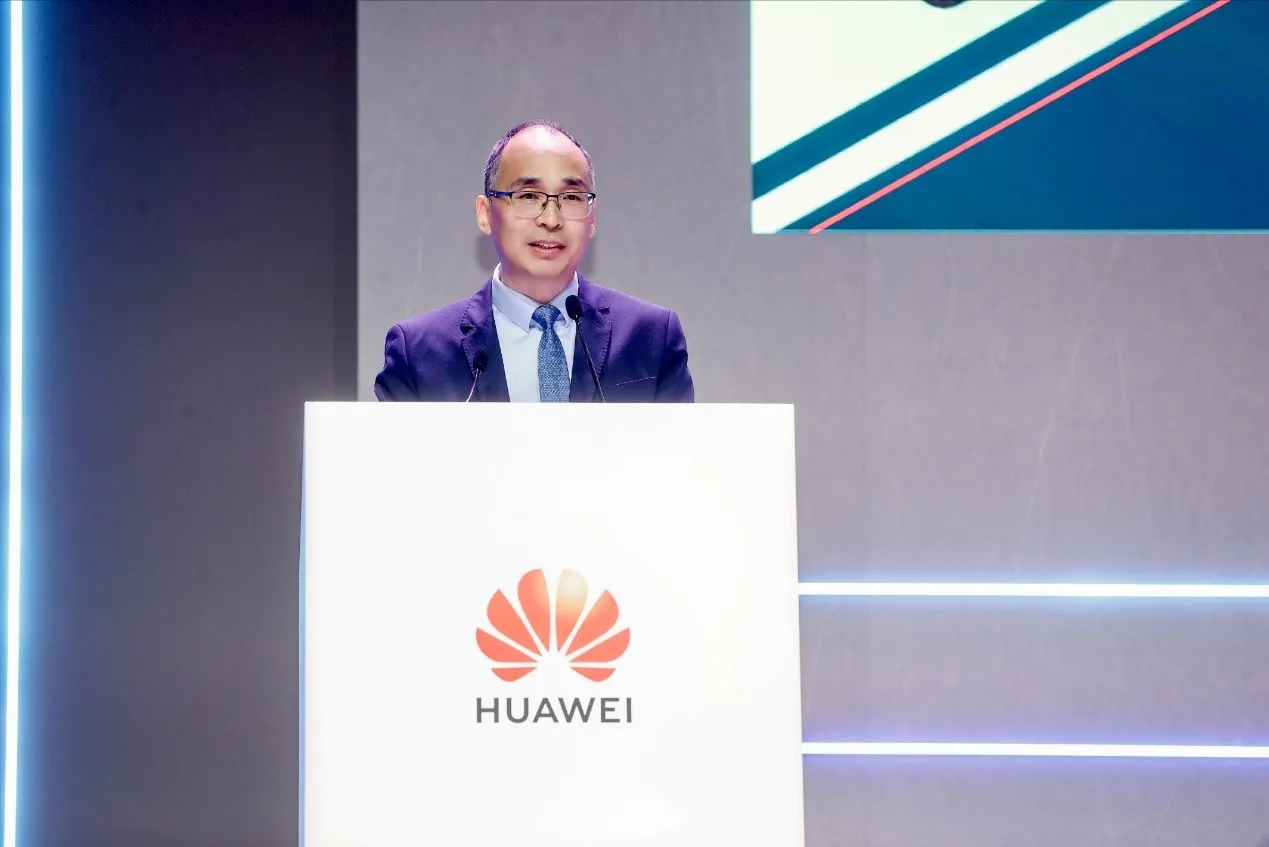The General Assembly of the European Machine Vision Association (EMVA) in Dubrovnik has expanded its board of directors to nine members. Jochem Herrmann (from Adimec) has been re-elected president and will serve another three years.
Michel Ollivier (Tiama) has been made vice president and Dr. Jean Caron (Euresys) remains the association’s treasurer.
New members include Dr. Dirk Berndt, business unit manager at Fraunhofer IFF, and Arnaud Destruels, European product marketing manager for Image Sensing
June 14, 2018
Read time: 1 min
The General Assembly of the 6855 European Machine Vision Association (EMVA) in Dubrovnik has expanded its board of directors to nine members. Jochem Herrmann (from Adimec) has been re-elected president and will serve another three years.
Michel Ollivier (Tiama) has been made vice president and Dr. Jean Caron (Euresys) remains the association’s treasurer.
New members include Dr. Dirk Berndt, business unit manager at Fraunhofer IFF, and Arnaud Destruels, European product marketing manager for
EMVA has also re-elected Prof. Dr. Bernd Jähne (Heidelberg Collaboratory for Image Processing, Heidelberg University), Gabriele Jansen (Vision Ventures) and Dr. Kai-Udo Modrich (Carl Zeiss Automated Inspection).
Former board member Toni Ventura-Traveset (Datapixel, Spain) has resigned.







